Grooming And Care Tips For Houseplants
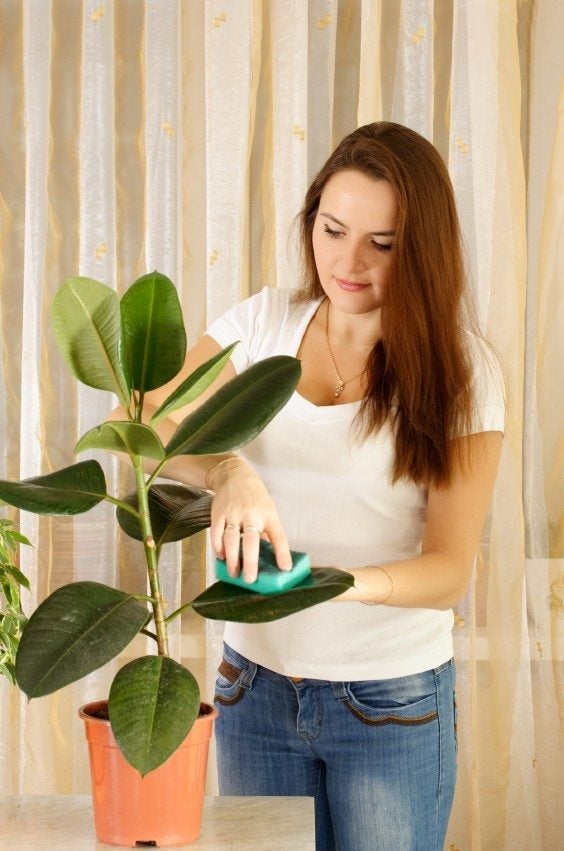

Houseplants become dirty or tangled without regular grooming. This will greatly reduce the attractiveness of your indoor gardens if you don't watch out. Grooming and cleaning your houseplants is an important part of their care.
Dusting and Cleaning Houseplant Leaves
Dust diminishes the ability of the leaves to function. The leaves need to breathe in order to grow. Dust will block the breathing pores (stomata) and reduce the amount of light that can feed the growth-activating cells within the leaves. Many houseplants are kept and grown specifically for their beautiful leaves. If the leaves become dirty or damaged, it takes away from the beauty of your indoor garden. Cleaning their leaves, then, is very important, and the way to do that depends on the texture of the leaf.
- If the leaves are smooth surfaced, wipe them with a damp cloth. These include rubber plants (Ficus elastica) and Swiss cheese plant (Monstera deliciosa).
- Plants with a lot of smooth surfaced, smaller leaves can be turned upside down and dipped into a bowl of clean water.
- If plants with large, smooth surfaced leaves become dusty or dirty, use a soft cloth to dust them off lightly before wiping with water.
- If you're dealing with fuzzy or hairy leaves, try a soft brush.
Non-chalky, clean, soft water is perfect for cleaning leaves. If you live in an area where you have hard water, you can use rainwater or tap water that has been boiled. You can also use milk, vinegar, or beer but these things don't shine the leaves. Olive oil is sometimes also recommended, but it does retain dust, which will damage leaves in the long run. There are also commercial leaf-cleaning products out there.
Removing Leaves and Stems
Dead or misshaped leaves can also ruin the look of a houseplant. You can cut out damaged leaves along with misplaced plant shoots. When overzealous stems ruin the plant's shape, you can use sharp scissors to cut them back to just above a leave point. All you have to do is cut out the dead leaves, but don't leave small snags that will die back. If the dead leaves are located at the top of the shoot, you will best remove them by using sharp scissors and cutting the stem back to its base. You can pick off the dead flowers on houseplants individually and place them on a compost heap. Azaleas produce many flowers over a period of weeks. As the first ones die, pick them off to allow for the next ones to grow. This is called deadheading. When you deadhead a cyclamen, you can pull off each dead flower together with the stem. If you just give it a tug, it will snap off where you want it to. If you were to only remove the flower, the stem would slowly decay and encourages other flowers and stems to decay along with it. It also just looks bad. Place the flowers and the stems on the compost heap; don't leave them at the base of the plant.
Shaping or Training Your Houseplant
Climbing plants need support and training to look good. Training and supporting the growing vines will help prevent stems from sprawling and becoming tangled. Splint canes and plastic mesh frameworks are ideal for this. However, if you have pink jasmine (Jasminum polyanthum), it has more appeal visually when cut and supported in a loop or heart shape.
- The first thing to do would be, when the stems are about 12 inches (31 cm.) long, insert a pliable cane into the pot. You can place it near the sides of the pot to avoid damaging the plant roots.
- The next thing to do would be to curl the plant shoots around the support. This creates a neat new shape and gives beauty and added interest to your indoor garden area.
You can use small trellises to support those climbing plants you don't want to shape. Again, place them toward the side of the pot so you don't damage the plant roots and weave the longer shoots through the trellis. This is a very attractive thing once the plant is trained the way to grow on its own. The only thing you'll have to do is perhaps guide a few wayward strands. It's simply not hard to create beautiful indoor gardens when you pay attention to the plant needs. Further, by adding a few interesting things to the pots to help them grow, your garden will thrive beautifully for years to come.
Gardening tips, videos, info and more delivered right to your inbox!
Sign up for the Gardening Know How newsletter today and receive a free copy of our e-book "How to Grow Delicious Tomatoes".

Heather Rhoades founded Gardening Know How in 2007. She holds degrees from Cleveland State University and Northern Kentucky University. She is an avid gardener with a passion for community, and is a recipient of the Master Gardeners of Ohio Lifetime Achievement Award.
-
 ‘Coral Charm’ Peony Care For Sublime Semi-Double Peonies With Lush Salmon Pink Flowers
‘Coral Charm’ Peony Care For Sublime Semi-Double Peonies With Lush Salmon Pink FlowersPeonies are known for their soft baby pink or magenta tones, but if plushy coral blooms are your thing, here’s our guide to the ultimate ‘Coral Charm’ peony care
By Tonya Barnett
-
 How To Grow Seeds Quickly: 8 Expert Tricks For Fast Flowers & Crops
How To Grow Seeds Quickly: 8 Expert Tricks For Fast Flowers & CropsIt's never too late to start growing! Jump-start your flower or vegetable garden with these pro tips and tricks for germinating seeds in record time.
By Amy Grant
-
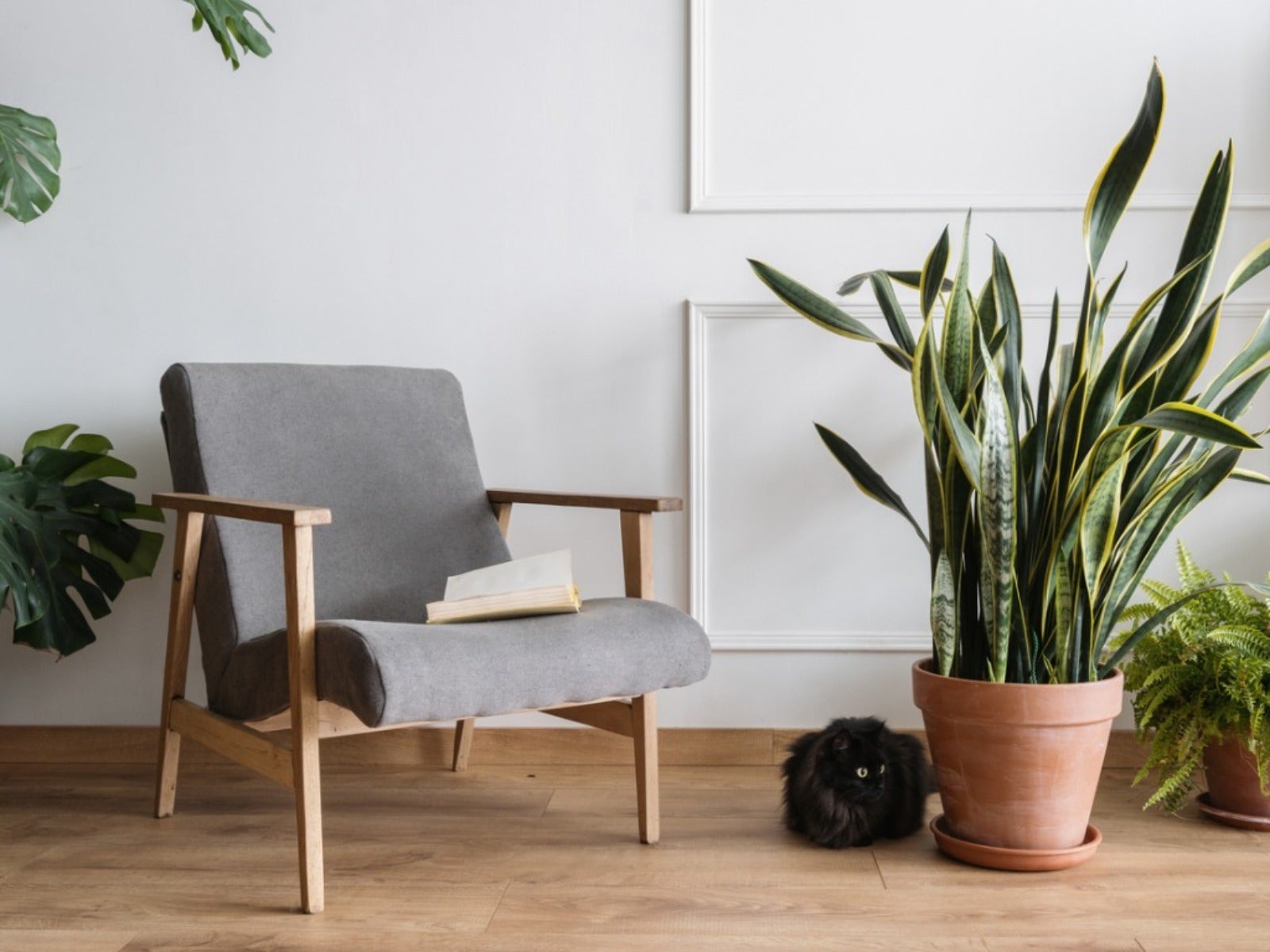 8 Easy Care Houseplants That Live A Long Time
8 Easy Care Houseplants That Live A Long TimeClick here to learn about our 8 favorite low maintenance houseplants that can, with proper care, live a long time.
By Amy Grant
-
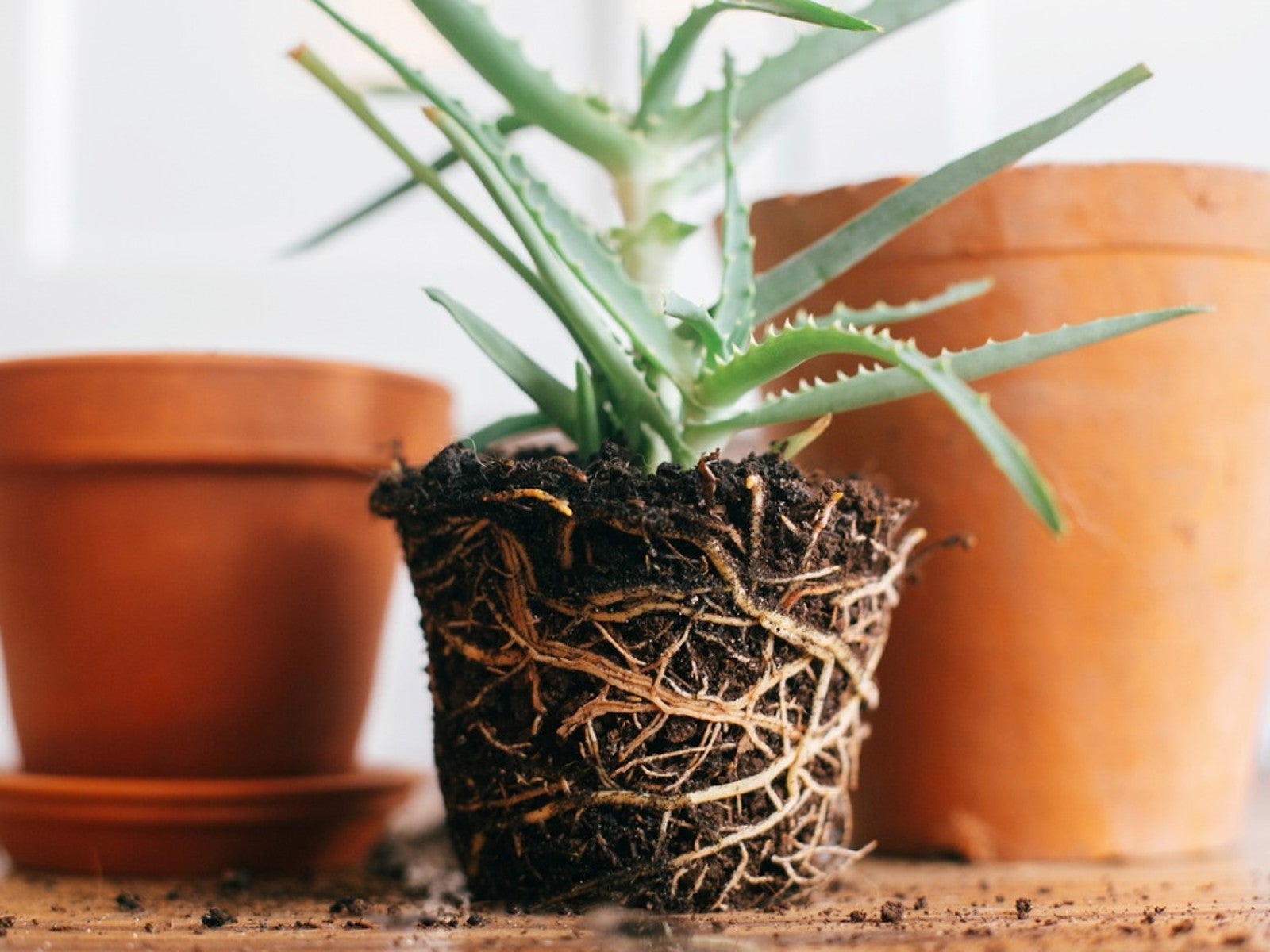 How Often Should You Repot Plants?
How Often Should You Repot Plants?Escaping roots and shrinking leaves may mean your plant wants a new pot, but some like staying cramped and cozy.
By Mary Ellen Ellis
-
 Orange Flowering Houseplant Varieties With Tropical Flair
Orange Flowering Houseplant Varieties With Tropical FlairClick here to learn about some cheerful orange-blooming houseplants you can try growing.
By Mary Ellen Ellis
-
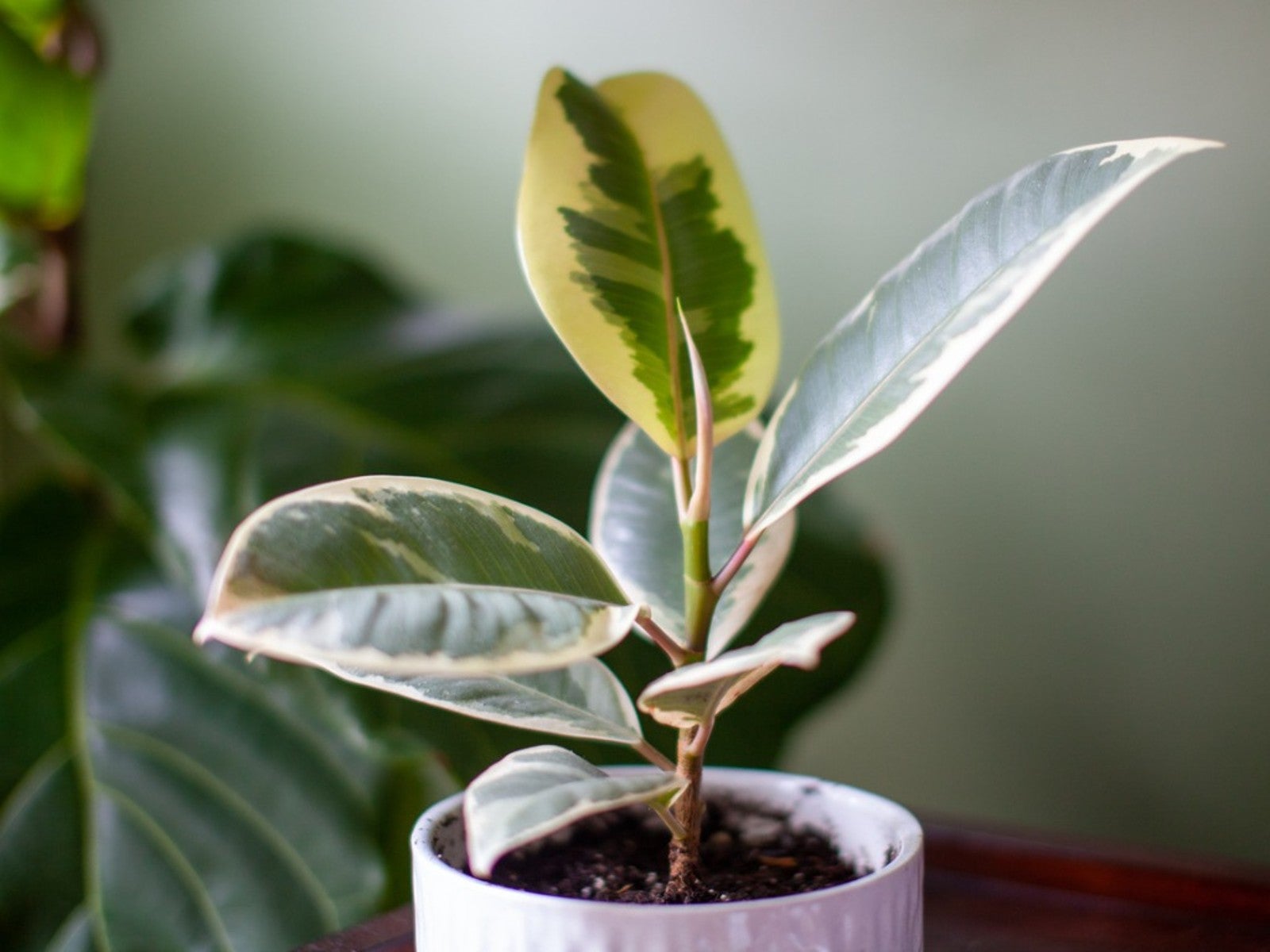 Variegated Houseplants With Lovely Leaves
Variegated Houseplants With Lovely LeavesWhat are some of the best variegated houseplants to add to your collection? Click here to find out.
By Amy Grant
-
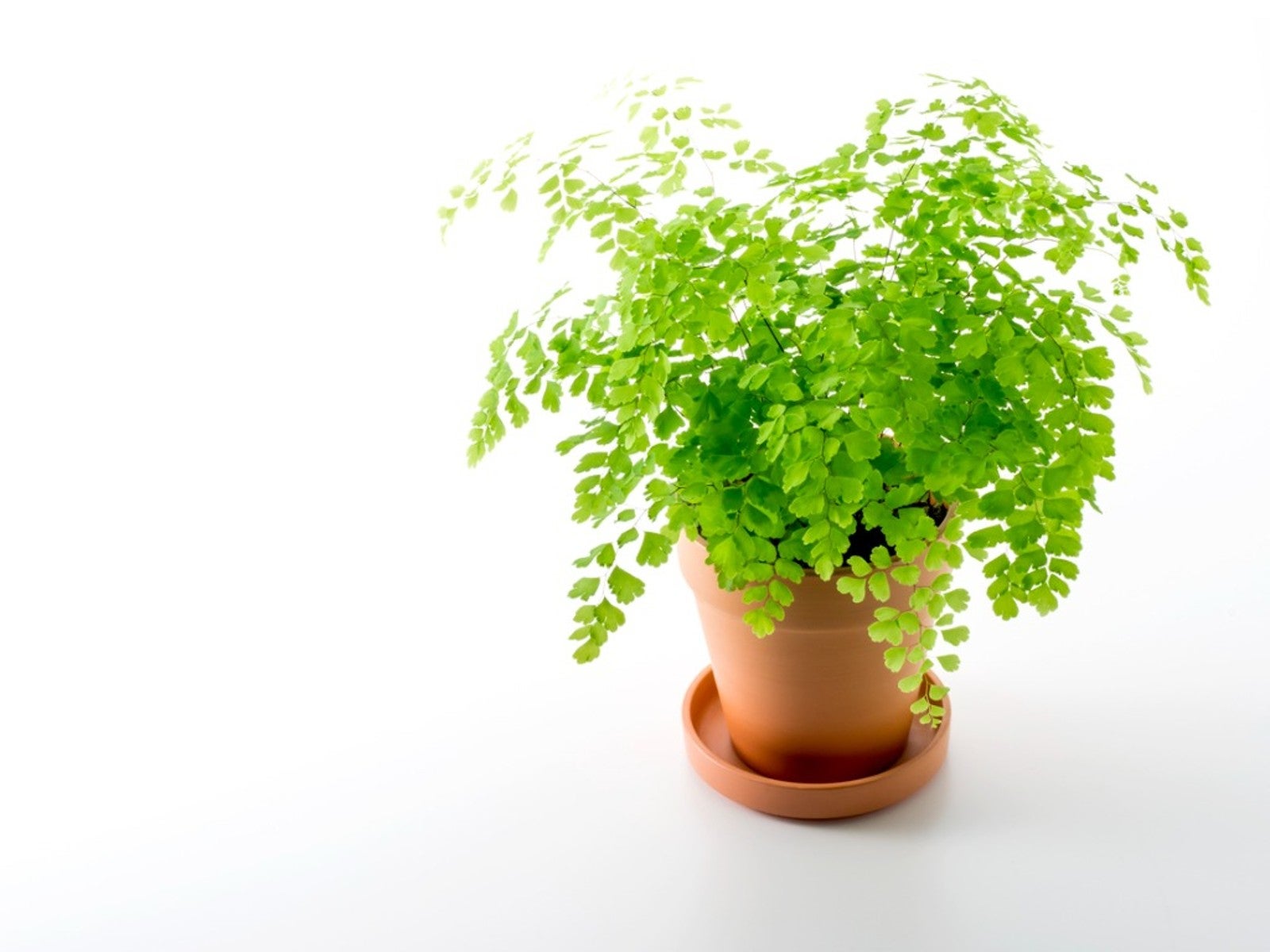 Lovely, Lacy Indoor Foliage Plants
Lovely, Lacy Indoor Foliage PlantsClick here to learn about some houseplants with lacy foliage to add to your collection.
By Mary Ellen Ellis
-
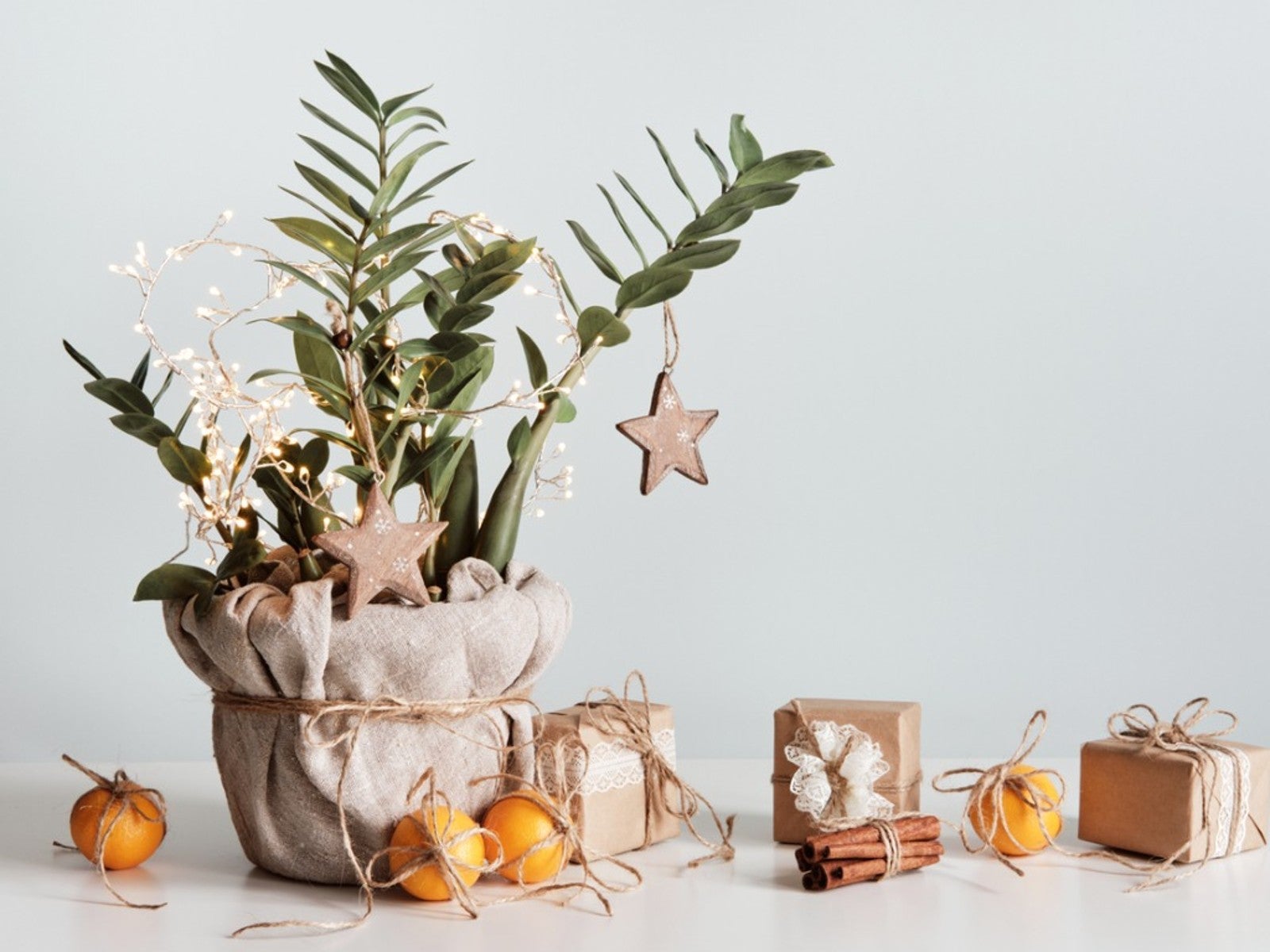 Best Christmas Houseplants And Plants For Winter Holidays
Best Christmas Houseplants And Plants For Winter HolidaysClick here for an idea of the best houseplants to use for holiday décor for Christmas, Hanukkah, Kwanzaa, and New Year’s.
By Laura Miller
-
 Best Big Houseplants To Create An Indoor Oasis
Best Big Houseplants To Create An Indoor OasisIf you have the space you may want to grow some large houseplants. Here are some ideas.
By Mary Ellen Ellis
-
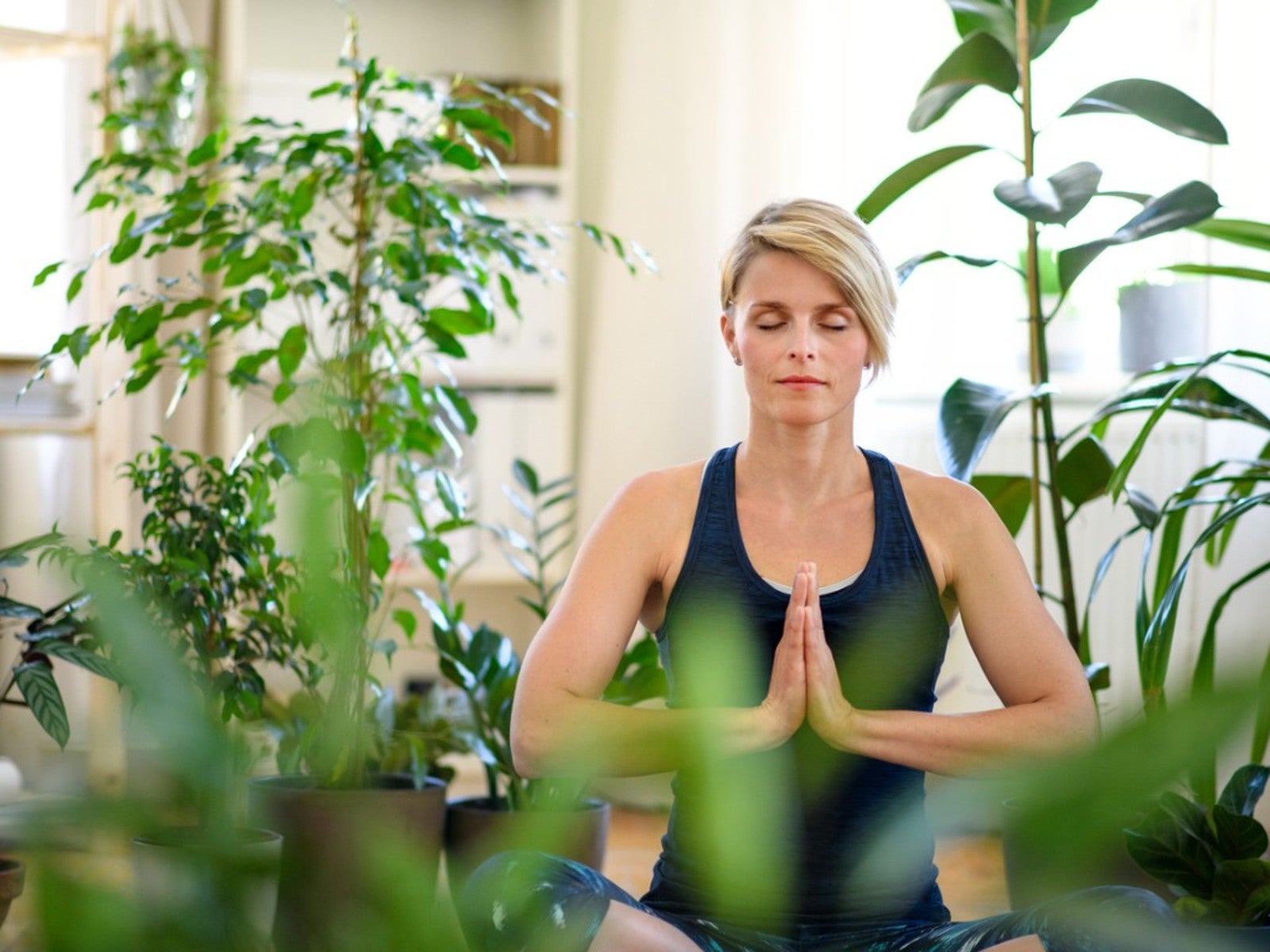 Relaxing Plants To Grow Indoors For A Calmer Mind
Relaxing Plants To Grow Indoors For A Calmer MindAre there houseplants that can help you to relax? Click here to find out.
By Laura Miller